Even though the Polaroid Snap and Fuji Instax cameras both produce instant photos, they each go about it completely differently. The Instax cameras use film (just like the original Polaroids, only smaller) and the Polaroid Snap is a digital camera with a built in printer.
As the best instant camera for kids our pick is the Polaroid Snap for its convenient size, simple controls, larger photos (which peel off to become stickers) and cheaper cost per print. Keeping a few spare packets of paper on hand is an inexpensive way to avoid disappointments.
If you just want a low cost option for occasional use, the Fuji Instax Mini 9 will do the job perfectly well in a large range of camera colors.
- ~30c/print - standard paper
~50c/print - premium paper - Fixed lens
- Automatic shutter speed
- Automatic flash
- Colors: Black, White, Blue, Red
- 60c-80c/photo
- Fixed lens - 0.6m - ∞ (close up attachment to 0.35m)
- Fixed shutter speed 1/60 sec
- Constant firing flash
- Colors: White, Green, Pink, Ice Blue, Colbalt Blue
- 60c-80c/photo
- 3 focal ranges - Macro, Normal, Landscape
- Automatic shutter speed + bulb setting (max 10s)
- Automatic flash, forced on, flash off, red eye reduction
- Colors: Black, Tan
Jump to:
- Our Pick – Polaroid Snap
- Cheapest Camera – Instax Mini 9
- Full Featured – Instax Mini 90
- Film and Paper Options
Snap vs Instax – Quick Comparison
Print Quality
The print quality from my own Fuji Instax Mini 90 is fantastic with sharp detail and rich colors. The lower photo was taken with my Mini 90 indoors during the day with the flash disabled.
The photos from the Snap are larger, but aren’t of the same quality. On the standard paper such as this one below, some banding is apparent from the printing process and the colors are flatter with less graduation. This is a minor quibble for a kids polaroid camera though.
Winner = Instax
Polaroid Snap top (standard paper), Instax Mini 90 bottom
Photo Sizes
The film/photo dimensions are smaller than the old Polaroids you probably remember, with the Fuji Instax photos being about the size of a credit card including the border (2.4″ x 1.8″).
The Polaroid Snap photos are larger at 3″ x 2″ and borderless, or can be printed with a white border around a smaller image. Also, the back peels off to become a sticker!
Winner = Snap
Film & Paper Costs
Instax film is bought in packs of 10 or more for anywhere between 60c & 80c per print – cheap in small volumes but can get expensive if you go crazy. There are plenty of options with different designed borders apart from plain white.
Paper for the Polaroid camera is called ZINK (for Zero Ink) which is a kind of thermal printing process. There are 2 qualities to choose from with Premium costing around 50c/print and Standard around 30c/print.
Winner = Snap
More details about film & paper at the end of this article.
Our Pick – Polaroid Snap
The Polaroid Snap is a camera which has a lot going for it. It’s slim, fits in your pocket, prints 2×3″ photos directly out of the side and the prints are fairly inexpensive.
Setup
The Polaroid Snap has a built-in battery so it needs to be charged via the supplied USB cable.
It’s recommended to update the firmware to the latest version when you receive your Polaroid Snap. The process is very easy and requires a microSD card which you can buy with the camera. See the process to update the Polaroid Snap firmware here.
Loading Paper
Paper is loaded via a door on the rear of the camera, and for younger kids this would best be done by an adult. The paper comes in packs of 10 and is loose, so with little hands it could go everywhere. Once removed from the packaging it needs to be inserted with the barcode facing down into the camera. The barcode sheet ejects when the shutter release is pushed the first time – ie, no photo for the first one.
Operation
The operation of the camera is very simple with only a few buttons. For most kids they’re only going to need to worry about 2 functions, which is turning the camera on/off and taking the photo.
There’s no power button as such, the camera turns on by pressing the viewfinder which flips up. Turning it off is simply pushing the viewfinder back down.
The only other buttons are the self-timer button, color mode (standard, vintage, black & white) and a button to leave a white border around the print to emulate an original polaroid photo. There are no other controls and the flash is automatic.
After taking a photo, the print comes out automatically and takes 35-40 seconds. You can’t choose which photos to print – they all print as soon as the photo is taken.
The lens cap is held on magnetically, so you just pull it off. But – no string. Once it’s off it’s loose and asking to get lost so take care with it!
Camera Size
One clear advantage of the Polaroid Snap is that the size and shape is much smaller and more convenient than the Instax range. Measuring about 5″x3″x1″ can fit in a pocket which really isn’t possible with the Instax cameras.
You can see the difference here sitting next to my Instax Mini 90.
Cons
All quite simple and easy, but there is 1 thing I find annoying with the Polaroid Snap which is the viewfinder – if you have your eye too close to the viewfinder it’s not accurate at all. What you see through the viewfinder depends where your eye is, which might be different to what the lens is looking at.
After some trial and error with the Snap, the best way to get some accuracy is to keep your eye about 1/2″ away from the viewfinder. That said, as a polaroid camera for kids it’s not a big deal. My 6 year old loves it and isn’t at all concerned if the photo composition isn’t spot on.
It seems Polaroid took this onboard and released the Polaroid Snap Touch with an LCD screen on the rear of the camera instead of a viewfinder. This makes framing shots a breeze, but it is the most expensive of all of the instant cameras.
Bottom Line
The Instax cameras win on image quality, but for simplicity, print costs and the convenience of a smaller camera, the Snap is the best value kids polaroid camera.
Buying
A couple of tips for buying – order paper (see options here) and buy a 16GB or 32GB microSD card with it so you can update the firmware. The memory card isn’t required for normal operation but it does allow you to keep digital copies of photos.
Cheapest Camera – Fujifilm Instax Mini 9
According to Amazon’s best seller pages these Fuji Instax Mini 9 cameras are one of the most popular items in the entire photography department. With its simple operation, large range of colors, and being well under $100 there’s no wonder it’s popular.
Setup
Setup is very simple, only requiring the installation of 2 x AA batteries and a film cartridge.
Loading Film
Film comes in a small cartridge of 10 with a cover sheet which makes loading very easy. Open the rear cover, insert the film cartridge & close the cover. When you turn the camera on the cover sheet automatically ejects and it’s ready to go.
Operation
The Mini 9 has a chunky grip on the right with the shutter release in easy reach of the index finger. It naturally takes photos in portrait and the photo ejects out of the top.
The flash fires every time which helps reduce blur but can wash out the colors if the subject is too close.
It’s turned on by pressing the button to the side of the lens, and pushing the lens back in turns it off.
The exposure is set manually for different conditions (inside, cloudy, sunny) by twisting the dial around the lens, but thankfully it shows you which setting to use. The light is measured and the appropriate setting is lit – just twist the dial to match. No guesswork at all.
The Instax Mini 9 has 2 small but useful changes over the older Instax Mini 8:
- Selfie mirror on the front of the camera next to the lens.
- Inclusion of a closeup lens attachment for shooting up to 35cm away.
Both are shown in this image.
Camera Size
The styling of the Mini 9 makes it a bit on the bulky side, but the upside is that it’s easy to hold. The overall size with the camera off (lens in) is 4.7″ x 4.5″ x 2.5″ and with the camera on (lens extended) it’s 4.7″ x 4.5″ x 3.3″.
If there’s concern about dropping the camera, a neck strap can be attached easily.
Cons
It’s hard to find fault with a basic camera like the Mini 9 at the price it sells for. The photos are smaller than the Polaroid Snap and it is fairly large and chunky. Not being able to disable the flash is my only gripe but it isn’t a deal breaker.
Bottom Line
The FujiFilm Instax Mini 9 is a cheap & cheerful instant camera for kids which is available in 5 colors. The traditional film produces good results and the camera is simple to use.
BTW, if you’ve seen the Polaroid 300 and thought they look similar, you’re right, they’re pretty much identical. You can see here for my short comparison between the Polaroid 300 vs Fujifilm Instax Mini 8 which is identical to the mini 9 except for the selfie mirror or close up lens attachment.
Buying
The camera itself is cheap, but remember to buy at least a 20 pack of film – the first 10 will go quickly! Film options at the end of the article here.
Fuji Instax Mini 9 (all colors)
Full Featured – Fujifilm Instax Mini 90
For big kids (or parents) who want more control with their polaroid camera, the Instax Mini 90 is well worth a look which is the one I have.
Setup
The camera comes with its own battery pack, wall mounted charger and neck strap in the box. Before using the camera the battery must be charged and then inserted into the battery compartment in the rear door.
Loading Film
The film cartridge (10 shots) is loaded via the large rear door of the camera and like the Mini 9, the cover sheet is ejected automatically when the camera is first turned on.
Operation
Turning the Mini 90 on and off is done by twisting the power switch which is located around the front shutter release button.
The Mini 90 is great for both portrait and landscape photos as it has 2 shutter release buttons. The one on the front for portrait mode and another on the edge for landscape which you can see here:
It also has some nice additional features making it more than just a basic point & shoot instant camera (although it can do that too):
- Full flash control – on/off/red eye reduction
- 6 exposure modes: default, party, kids, landscape, double exposure, bulb (up to 10s exposure).
- Macro mode for closeups
- Self timer
- Brightness adjustment (lighten/darken)
All settings are changed via the buttons on the rear of the camera which also shows the remaining shots and battery charge. Pressing any of the buttons continuously will cycle through each of its settings. Here I have the red-eye flash setting enabled and there are 2 shots left.
Camera Size
The size is 4.5″ x 3.5″ x 2″ (11cm x 9cm x 5cm) making it easy to hold, but forget about slipping it into your pocket which is possible with the Snap.
Cons
The FujiFilm Mini 90 is a very capable instant camera, but there’s no getting away from the fact that all film cameras are quite bulky.
Bottom Line
The Fujifilm Instax Mini 90 has plenty of controls for those who want them, or just point & shoot to get great instant photos.
Plus what’s not to love about the retro design which is also available in classic brown. In either black or brown the Mini 90 would have to be one of the best looking instant cameras for kids or parents.
Buying
Don’t forget to buy film as well! See below.
Fuji Instax Mini 90 (black/brown)
Instant Film & Paper
Fuji Instax
Both of the Instax cameras use the same Instax film at 60c-80c/photo. There are plenty of options including colored and patterned boarders as well as the classic plain white borders. Package options start at 10 prints and go up to 100, so just decide on how much you’re happy to spend and how many shots you want to have on hand.
Polaroid ZINK
The Polaroid Snap uses ZINK (Zero Ink paper) available in Premium at about 50c/print or Standard (labelled as PoGo) for around 30c/print. Standard is fine for kids as the print quality is perfectly acceptable and it keeps the cost down. As a bonus, all ZINK paper peels off at the back to become a sticker!
Plenty options for kids of all ages and parents as well!
Manufacturer’s websites:
Like this…?
 Cool Kiddy Stuff Cool stuff for kids and parents!
Cool Kiddy Stuff Cool stuff for kids and parents!





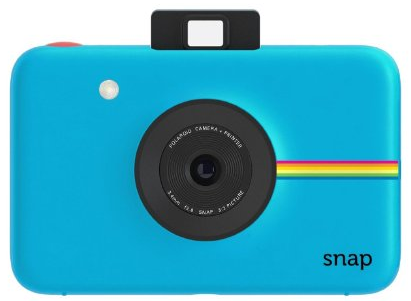
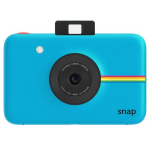
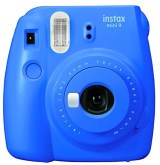
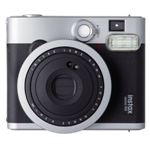
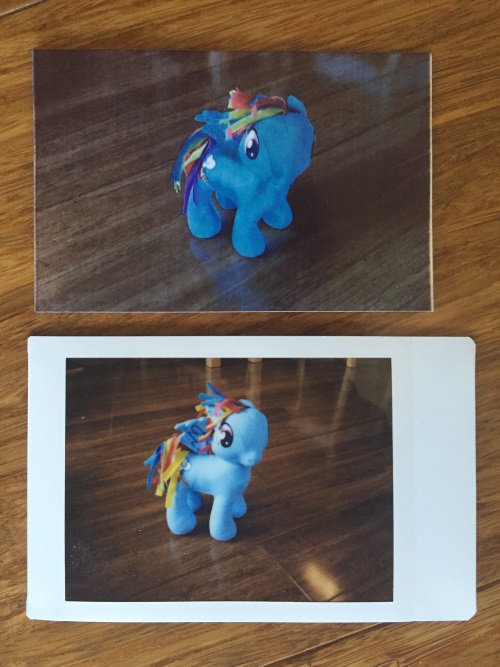

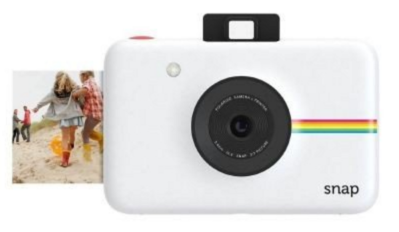
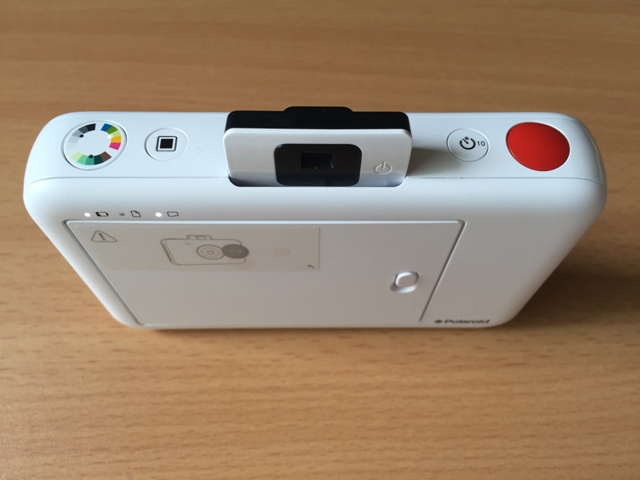
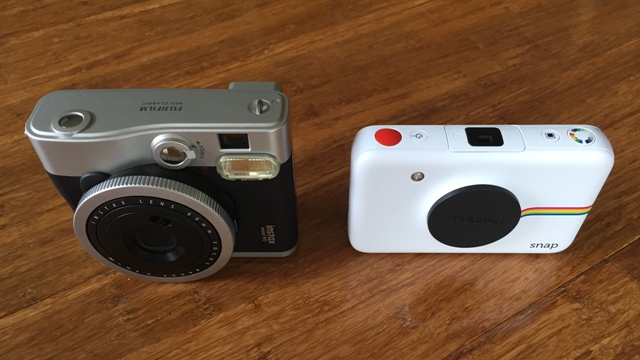
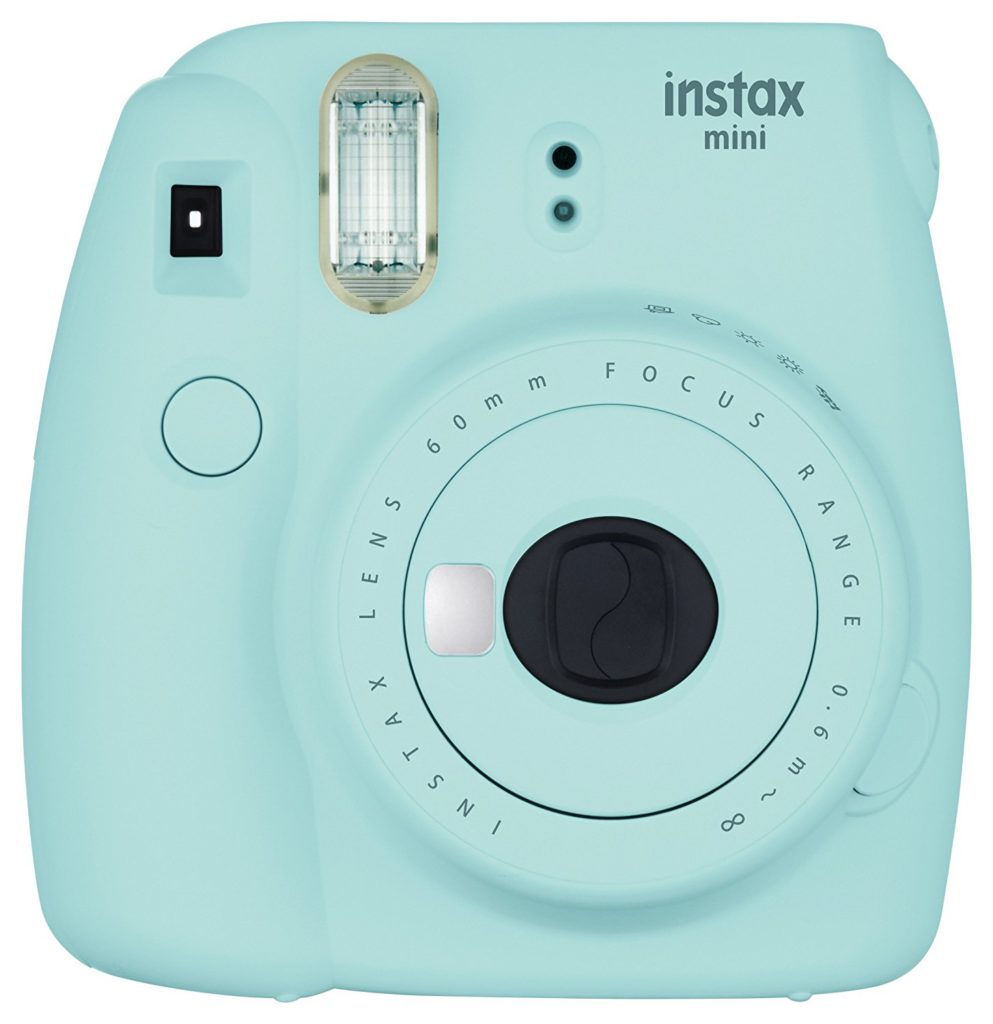
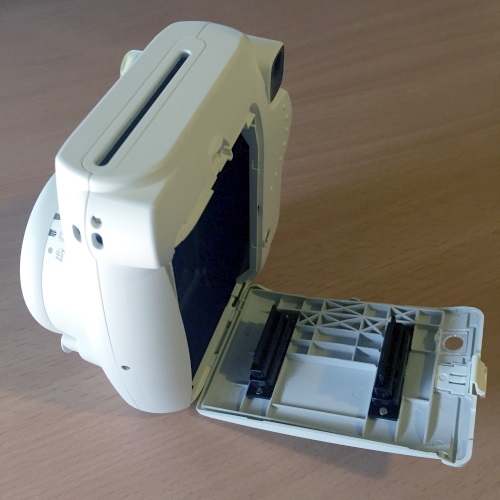
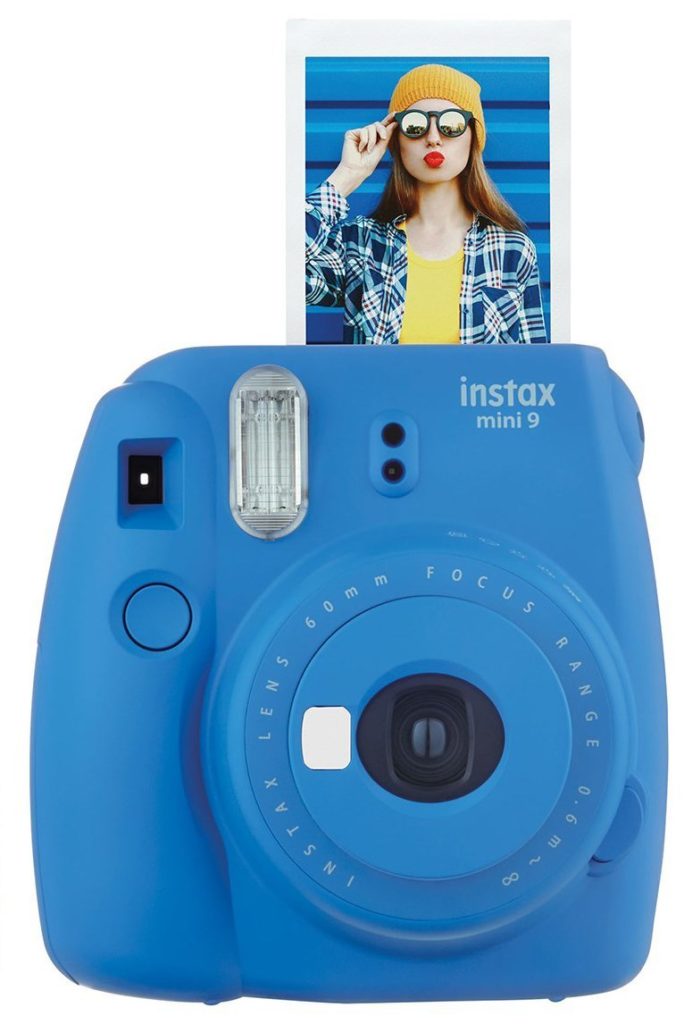
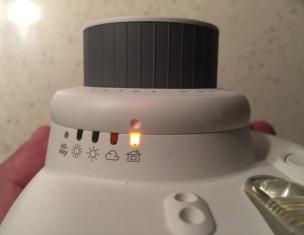
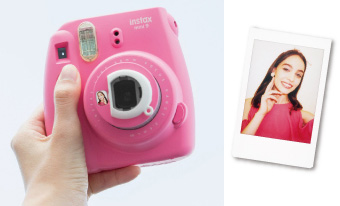

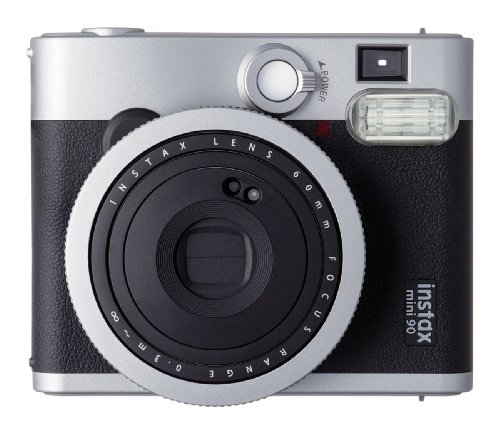
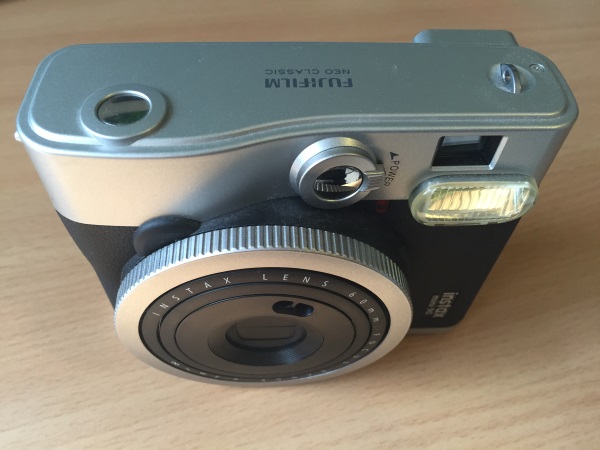
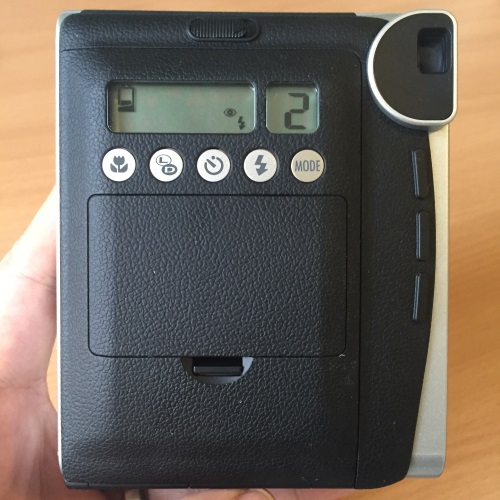
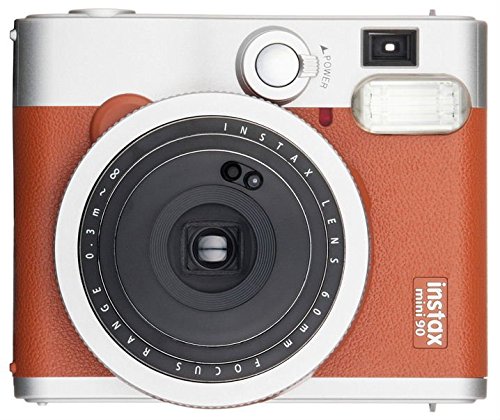
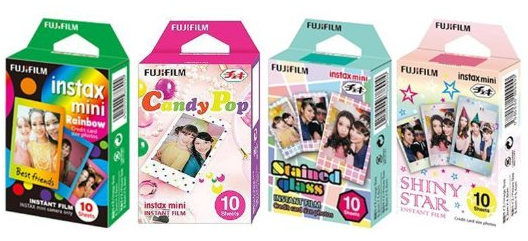
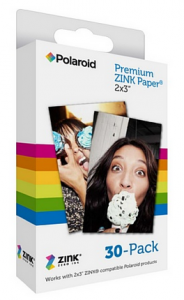
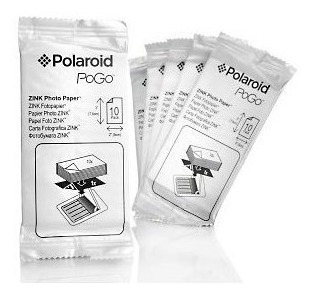

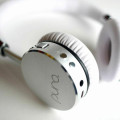


Hello, I found this article very useful but I was wondering if you recommend the Mini 9 for a 5 year old boy? Does it print every picture? Thanks
Hi Caroline, yes it prints every picture and it’s the simplest of the cameras to operate. The only thing to adjust is the exposure and it lights up to show which setting to turn it to. My daughter was 6 when she first starting using our Mini 8 which is basically the same camera. A 5 year old should be OK, but they can get snap happy 🙂
Hi there thanks for this clear and useful assessment review article. I have found it very helpful and will bookmark it for later reference.
I am a longtime fan of Polaroid and work with it as an artist using a vintage Polaroid Land sx70. Seeing what mine does, my little boy is keen to pinch my camera…way too precious and expensive in film for all his identical shots of feet, knees toys and radiators!